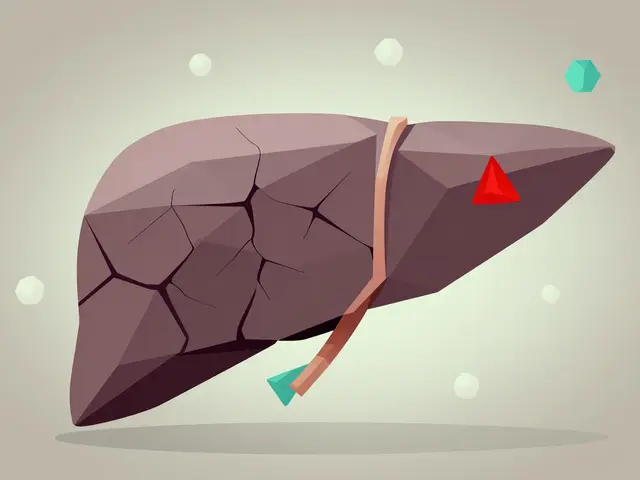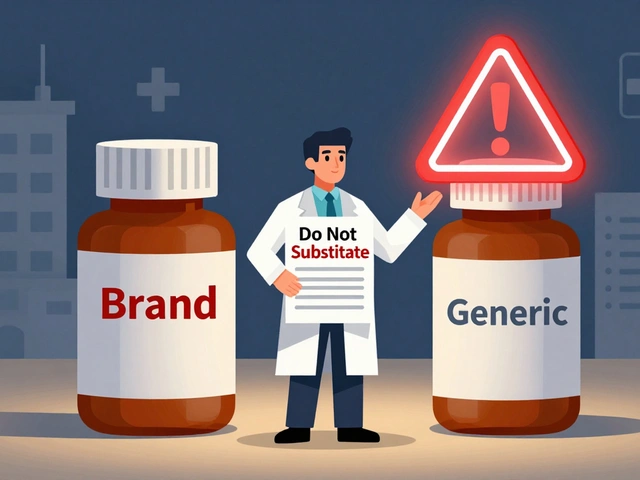Chlorthalidone alternatives: what to try when thiazide-like diuretics aren't right
If chlorthalidone causes side effects—low potassium, frequent urination, gout flare-ups—or your kidney function changes, you don't have to stick with it. There are several medicine classes and non-drug options that can lower blood pressure effectively. Choosing the best one depends on your blood pressure level, other health issues, and what side effects you can tolerate.
The most direct replacements are other diuretics. Hydrochlorothiazide (HCTZ) and indapamide work similarly but have different side effect profiles and dosing. HCTZ is often used for milder blood pressure control and can be easier on some people's electrolytes. Indapamide has data supporting heart protection in older adults and may cause fewer metabolic changes than chlorthalidone. Your doctor may try one of these if chlorthalidone causes trouble.
Different drug classes to consider
If a diuretic switch doesn't fit, other blood-pressure classes often do the job. ACE inhibitors (like lisinopril) and ARBs (like losartan) help the heart and kidneys and are common choices for people with diabetes or kidney issues. Calcium channel blockers (amlodipine) lower pressure without changing potassium. Beta blockers (metoprolol) can be useful if you have heart disease or angina. Each class has trade-offs: ACE inhibitors can cause a cough, ARBs are usually better tolerated, and calcium channel blockers may cause leg swelling.
Combos, potassium concerns, and lifestyle
Sometimes the best move is a combination pill: a low-dose diuretic plus an ACE inhibitor, ARB, or calcium blocker can improve control while limiting side effects. If low potassium was the issue, your clinician might add a potassium-sparing diuretic (spironolactone or amiloride) or a lower-dose thiazide with a potassium supplement. Always have potassium checked after changes.
Don't forget non-drug measures. Losing 5-10% of body weight, cutting sodium toward 1,500-2,300 mg daily, limiting alcohol, and increasing activity can lower systolic pressure by several points. These steps can let doctors use lower medication doses or avoid extra drugs.
How to pick the right alternative? Start with your full medical picture: age, kidney function, diabetes, heart disease, and other meds. If you have gout, avoid diuretics that raise uric acid. If you have kidney disease, ACE inhibitors or ARBs may be preferred. Your provider may try one change at a time and monitor blood pressure, electrolytes, and kidney tests.
If you are seeing multiple providers or using online pharmacies, keep a current medication list and share labs. Ask about side effects to watch for and how often to repeat blood tests. If you experience dizziness, muscle weakness, or a new cough, contact your clinician.
Expect follow-up within 2-4 weeks after a medication change so blood pressure and labs can be checked. If numbers stay high, your clinician may adjust dose or add a second drug. Keep a home BP log and bring it to every visit for safety.
Want a quick next step? Talk with your clinician about trying indapamide or HCTZ, or about switching to an ACE inhibitor/ARB plus a low-dose diuretic. Small adjustments often make a big difference.
Discover the top five alternatives to Chlorthalidone for managing hypertension and edema in 2025. Explore the benefits and downsides of Hydrochlorothiazide, Lisinopril, Amlodipine, Doxazosin, and Clonidine. This guide provides practical insights, helping you make informed decisions about your treatment options.
Continue reading...






